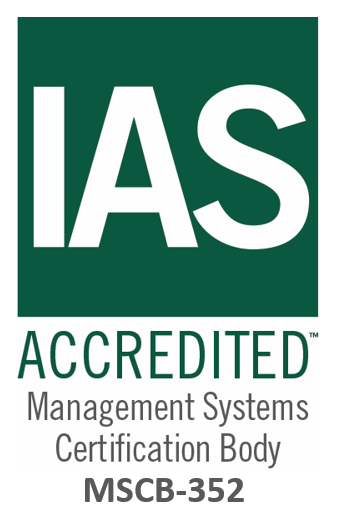“Urgent equals ephemeral, and ephemeral equals unimportant.”
John le Carré
It's easy for the legal department to be fundamentally reactive to the business, being pulled in multiple directions as the business team uses a who-shouts-loudest approach to prioritise lawyers’ activities. The upshot is not finding time for the important, not urgent tasks.
Reactivity is usually caused by a broken intake process:
- 54% of the companies taking the Radiant scorecard have the business directly instructing their favourite lawyers with no centralised intake process or standard form for instructions.
- A number of teams have told us that often half of the time spent by their in-house lawyers on a typical matter can involve going back-and-forth with the business to get clarifications.
- Only 31% of companies have a target service level for responding to requests for help (and only 10% track if they are meeting the target).
The results of a broken intake are reduced productivity and stressed lawyers - especially the lawyers who are most responsive to the business and who receive more than their fair share of the requests for help. It also means that team members are being prevented from ever getting to improving the contracting process. An overstretched team is the reason we keep being given for why things don’t get better.
The resulting stasis is not a long-term viable strategy and you don't have to accept it. There is a better alternative through a grand bargain:
- First, introduce a central place for the business to ask for assistance - at its simplest this could be an email address, but you can also use a ticketing system (which your IT dept probably already has) and eventually a specialised system.
- Second, the requestor needs to provide full information for standard agreement types each time, using a form. No one likes completing a form but gathering this information avoids going back and forth every time; the questions, of course, should be kept to the absolute minimum.
- Third, introduce service levels giving predictable times to acknowledge requests and complete the initial piece of work. Not being able to go to their favourite helper won’t appeal to the business, but giving clear targets for responding and completing the activity is the quid pro quo for the change to the intake process.
- Finally, the legal team doesn’t have to see all matters. As part of intake, you should set rules for which matters actually need to be reviewed by the legal team and which can be left with the business. You might set criteria such as: below a particular value, no personal data being provided and no important IP being created.
A common pushback we hear is that the business team, especially the noisiest members, have to be responded to at all costs. Our experience, though, is that a well run standardised intake process will lead to a far better overall performance with a consistently faster response for the business.
We also hear concerns about service levels: why would we impose them on ourselves? The answer is because service levels can act as a shield as well as a sword. By guaranteeing performance, you're also telling the business that they don't get to expedite work. It’s amazing how requesters can learn to stop keeping matters on their desk until the last minute.
The most profound concern that can arise, and this is not always said out loud, is that many lawyers like being needed by the business - they want to be the favourite. But however nice this feels in the short term, no good deed goes unpunished and the harder you work the more you will have to do. Everyone breaks eventually and heroics is not a healthy solution.
We’ve seen legal teams turn the urgency dynamic around: one team we know had the business calling their favourite lawyers, work was unbalanced and the stars were burning out. Despite this, the lawyers were reluctant to change - they liked being liked - but it was clear that it was becoming unhealthy. The team borrowed a ticketing system from their IT department and put in place a new intake process that allowed them to allocate work in a balanced way and let the sales team know when to expect an answer. They now have a far more healthy working environment and actually have some data on what is going on.
Taking control of intake will allow you to find time for more strategic projects. It’s a great place to start the longer-term upgrading of your contracting processes.




















.png)
.jpg)




.jpg)









.png)
.png)




.png)





























.jpg)


